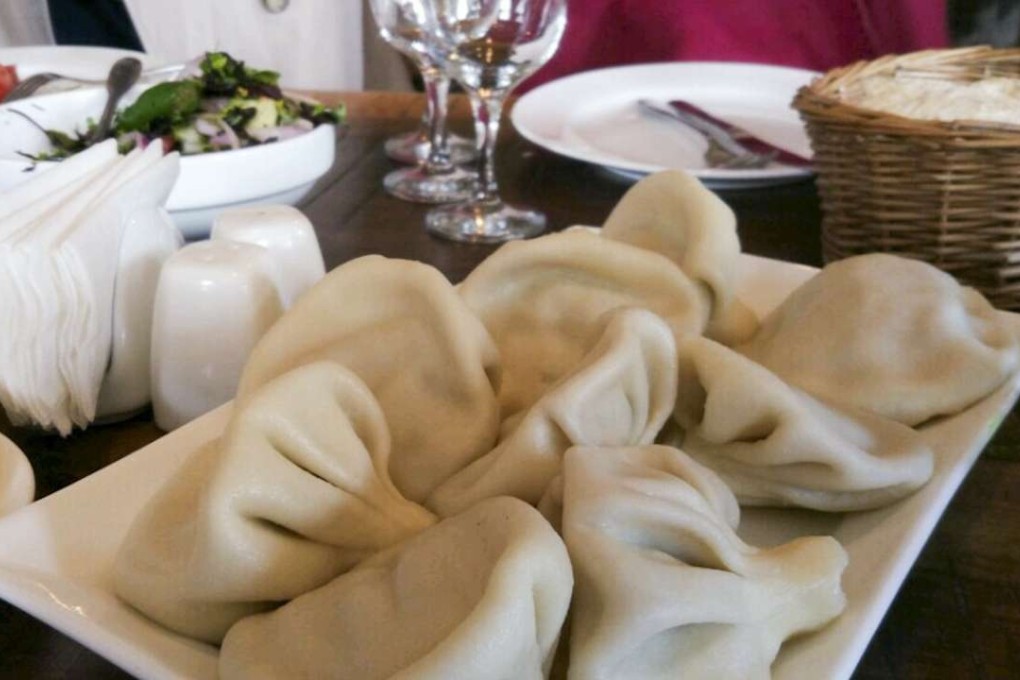Georgians have the Mongols to thank for their favourite dumpling
Why khinkali, a Georgian accompaniment to beer, resemble giant xiaolongbao

One need only locate Georgia – the country, not the American state – on a map to understand its eclectic mix of cultures. It shares its borders with four countries. To the west is the Black Sea, the halieutic route to Turkey and Bulgaria, a stepping stone to Western Europe; to the east is Azerbaijan and the Caspian Sea connecting it to the rest of Central Asia. In recent times, it is perhaps more associated with its northern neighbour, Russia, although Georgia declared independence from Soviet rule in 1991.
The capital, Tbilisi, is dotted with small pubs, many of which are windowless, basement establishments. Walk in and you’ll see locals enjoying beer – peculiar for a country with an 8,000-year-old winemaking tradition – and dumplings the size of a baby’s fist. Called khinkali, they resemble giant xiaolongbao, the soup dumplings from Nanxiang, Shanghai. And like xiaolongbao, they contain a soupy minced-meat mixture and are sealed with pleats ranging in number from a dozen to 19.

The concept of dumplings is said to have been carried west from China, across Mongolia, Russia and Georgia, by the Mongols in the 13th century.